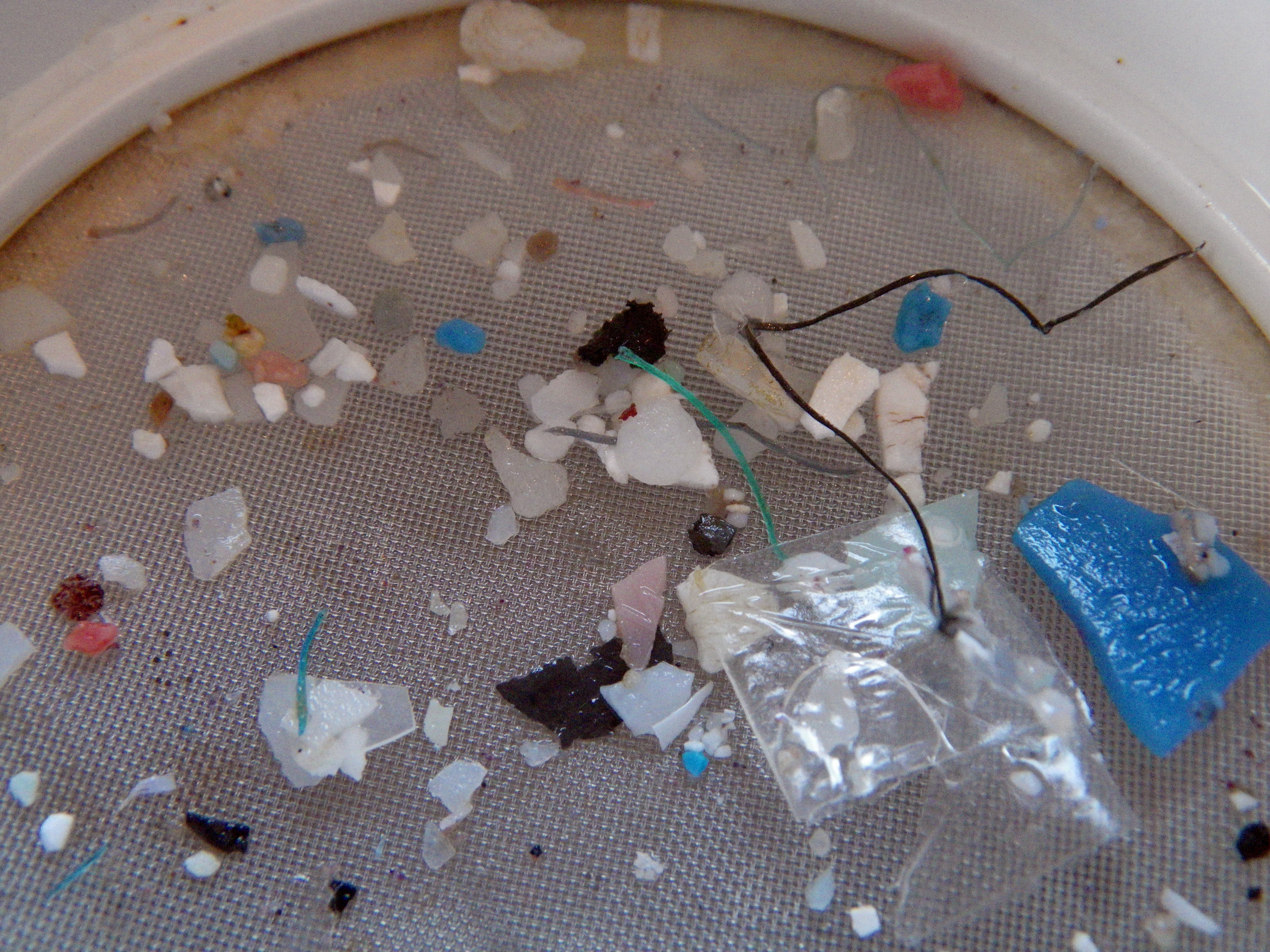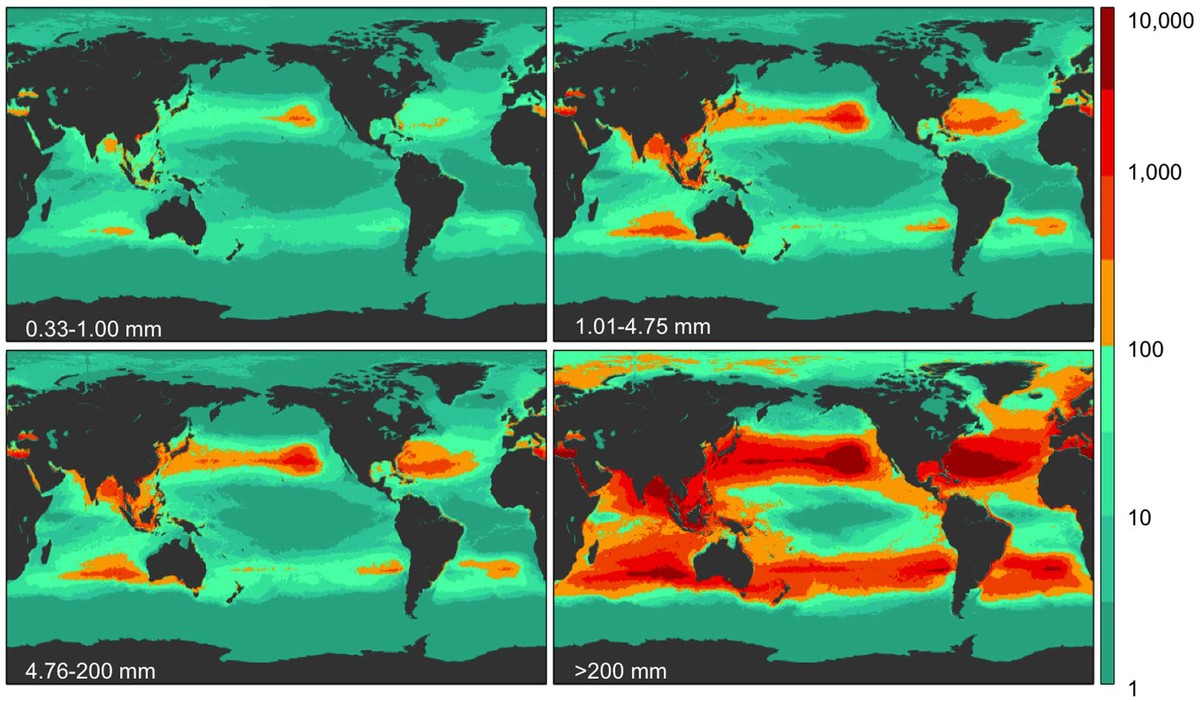269,000 tons of plastic float float float float in the world's oceans
2014/12/11 Carton Virto, Eider - Elhuyar Zientzia Iturria: Elhuyar aldizkaria

It is known that in the oceans of the world there is a pile of plastic floating. Researchers at the Five Gyres Institute in California have now calculated how much this stack can be: Fraction of at least 5.5 billion plastic weighing 268,940 tons.
Data from six countries and 24 expeditions have been unified for the calculation. These expeditions, conducted between 2007 and 2103, collected data on five subtropical ocean whirlpools in the world, the Australian coast, the Bay of Bengal and the Mediterranean Sea.
For the calculation, the researchers have based on two main data: the number of microplastics that received these expeditions in the networks and the high number of plastics that saw floating. Subsequently, with this data, a model was calibrated that predicts the distribution of plastic in the oceans. Once the model has been calibrated, researchers have been able to calculate how much plastics float in our oceans. The results of the work, published in the journal PLOS ONE, have highlighted that for the first time a study has compared plastics of all sizes. Along with this, the researchers stressed that they have been very cautious with the calculations and that the dice are “minimum amounts”.

Microplastics further and less on surface
In addition to the quantity, the model provides more information. For example, the largest number of plastic fragments on the coast or, contrary to what researchers thought, smaller micro-plastics are found in farther eddies (less than 4.75 mm). According to the authors, the distribution of plastic fragments of different sizes suggests that ocean swirls act as crushers, reducing the larger parts of plastics, which are subsequently expelled and extended across the oceans.
They have also seen that on the marine surface there are much less microplastics than the rhythm of fragmentation of large plastics suggests. To explain this, researchers have proposed mechanisms that eliminate microplastics from the surface on a scale higher than expected: degradation by ultraviolet rays, biodegradation, ingestion of organisms, loss of buoyancy by adherence to organisms, union to larger parts that sink, disembarkation, etc. It can also happen that microplastics are further fragmented and not detected because they escape the holes of the networks.




